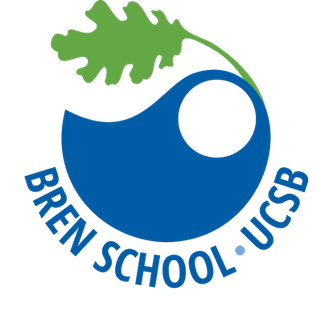
Abstract
The expansion of feral pig populations into nearly every region in California presents a difficult conservation problem for land managers. Native ecosystems in both coastal and inland areas have struggled to adapt to the destructive foraging behavior of wild pigs (Sus scrofa). Pig populations continue to grow with little evidence of slowing down in the future, thus it has fallen onto land managers to find ways to reduce their negative impacts. This challenge is heightened by the limited amount of resources that conservation organizations typically have available to mitigate these impacts. The management of feral pigs on the Jack and Laura Dangermond Preserve (JLDP) by The Nature Conservancy (TNC) exemplifies the issue well. A value intrinsic to TNC is the importance of protecting all native species on their properties, especially those classified as threatened or rare of which over fifty are present at JLDP. This coupled with an inherited settlement to restore 200 acres of oak woodlands at the preserve has left TNC in the position of needing to implement active management of wild pigs to achieve their goals. The purpose of this report is to assist TNC in the selection of a specific management approach that is both effective and efficient with their economic resources. Currently, there are four main sources of data involved in this group project: Jack and Laura Preserve (JLDP) environmental data, wild pig photos taken from game cameras, wild pig hunting and harvest data, and literature data. This data will be used to estimate the number of pigs present on the preserve and then used to analyze different management strategies.
